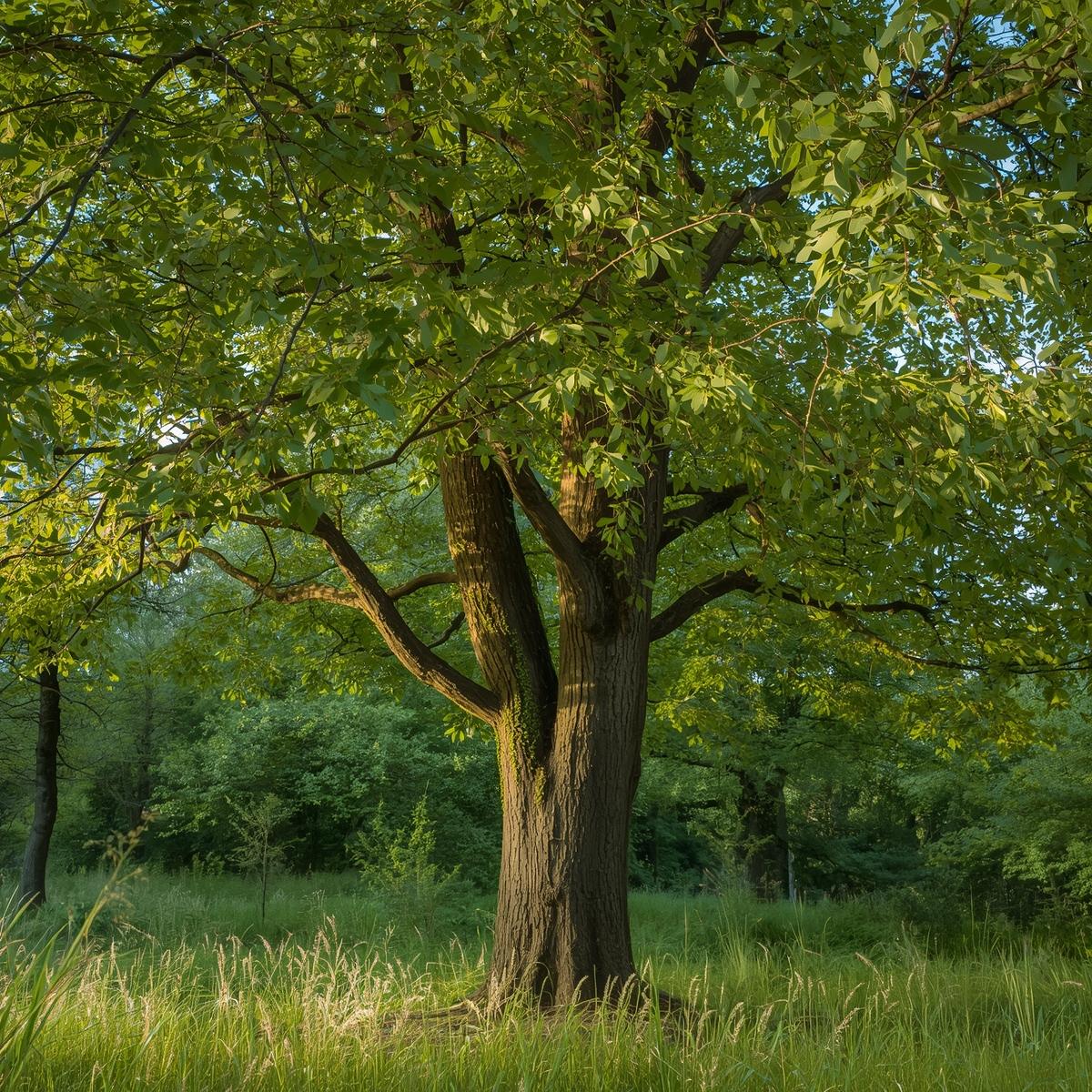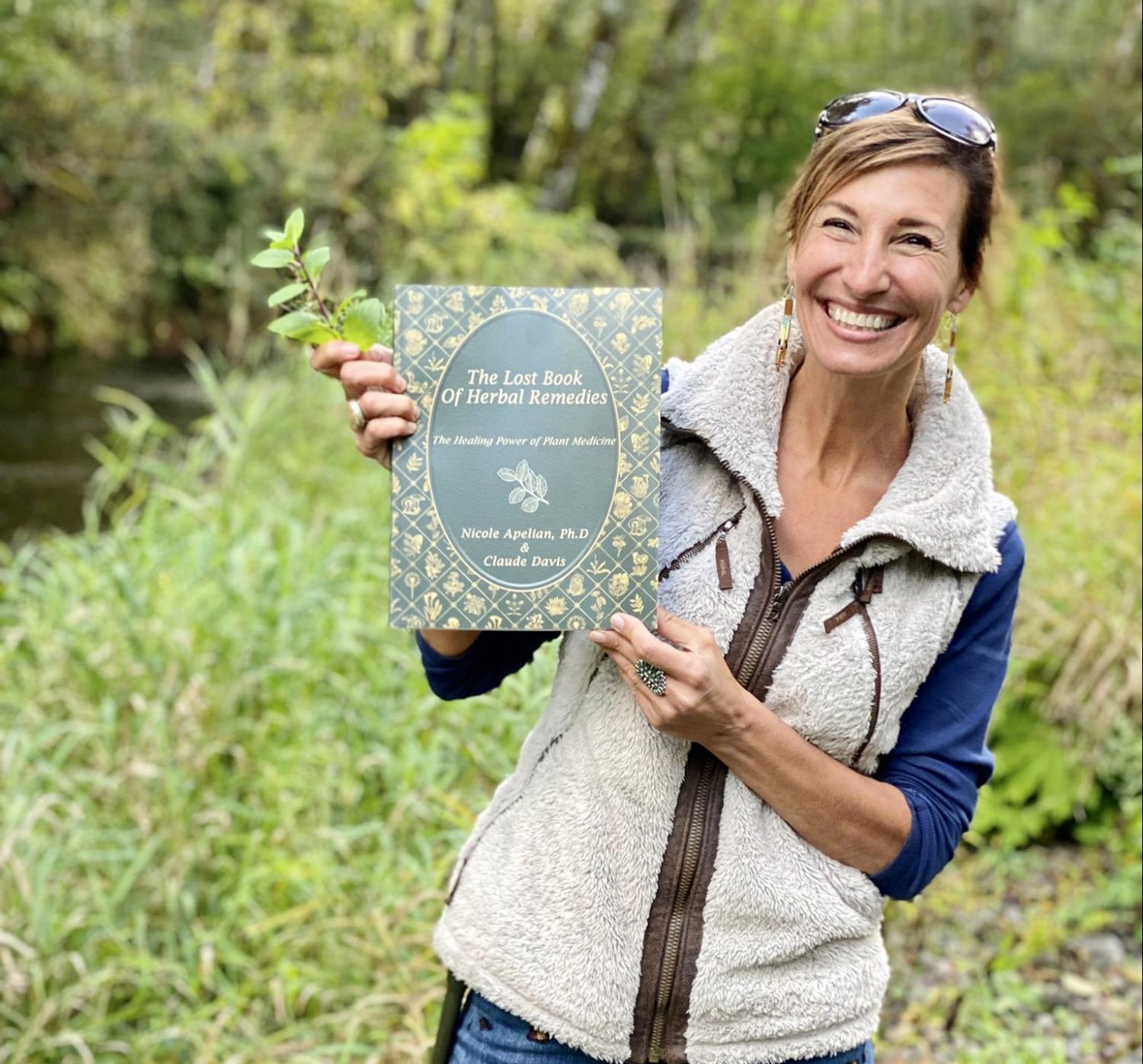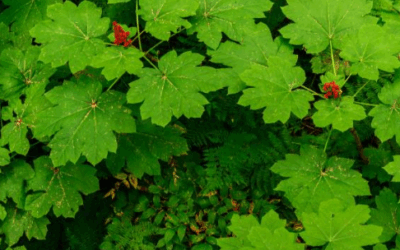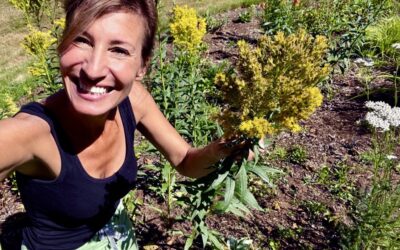The Healing Power of Slippery Elm: From Sore Throats and Digestive Support to Joint Pain
Few herbs embody nature’s soothing power quite like slippery elm. Long treasured by herbalists and healers, this useful tree has been used for centuries to calm sore throats, ease digestive distress, soothe aching joints, and more. Beneath its rough bark lies a remedy that protects, heals, and restores. Whether brewed into a tea, blended into a pudding, or used in tinctures and salves, slippery elm is one of nature’s most versatile allies for gut health, respiratory support, and whole-body wellness. Keep reading to learn how to identify, harvest, and utilize this all-around versatile remedy!
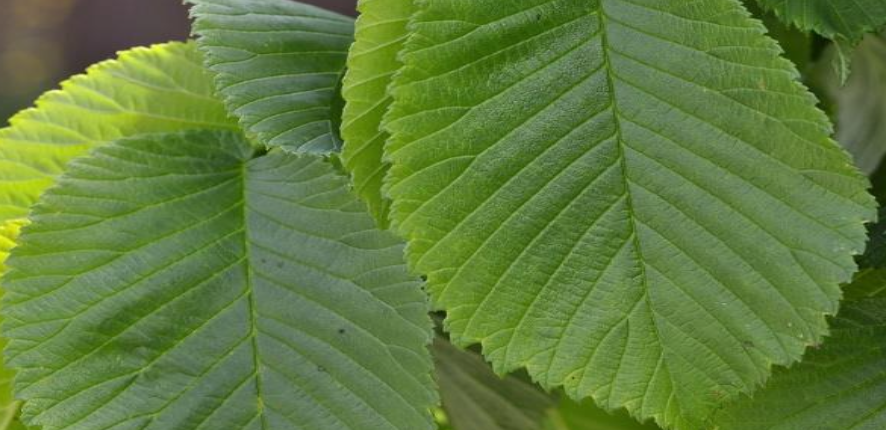
Basic Identification
A deciduous tree, slippery elm can grow up to 60 feet tall. Its leaves are oval-shaped and about 4 to 7 inches long. They have a rough, sandpaper-like top and a soft, hairy underside. The edges are double-toothed and uneven at the base. When the leaves first come out of the bud, they’re usually reddish, but turn dark green as they grow. In the fall, they turn a dull yellow. Flowers are drooping clusters and the fruit appears in March to May. They’re papery, winged, circular, flat, and yellowish-green. Each fruit has one seed about half an inch wide and hairless.
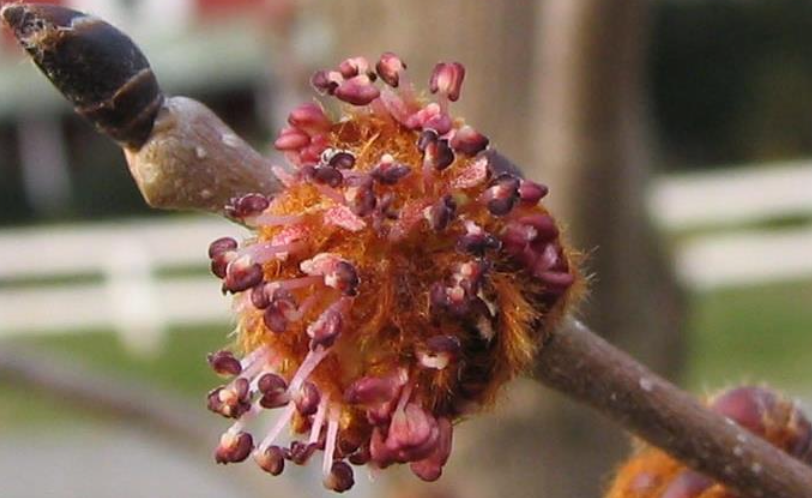
Where Does It Grow? Native to Eastern North America, slippery elm thrives in moist forests.
Harvesting: Gather inner bark from mature slippery elm trees. Carefully peel the inner bark from larger branches as they’re harvested, or cut a small rectangular section from the trunk — being mindful not to cut all the way around the tree, as this will kill it. Once collected, separate and discard the rough outer bark, keeping only the soft, fibrous inner layer closest to the wood. Cut it into small pieces and dry thoroughly to store for later use.
Edible Uses
It can be made into a porridge as noted in the following recipe.
Recipe. Slippery Elm Bark Tea/Pudding: Whisk one teaspoon to several tablespoons of ground inner bark from slippery elm with one cup of warm water or milk (almond, coconut, hemp, etc.). Gently simmer the mixture for 10 to 15 minutes. Adjust the amount of bark to achieve a thinner drink or a thicker pudding consistency. Flavor with cinnamon, ginger, vanilla bean, or raw honey.
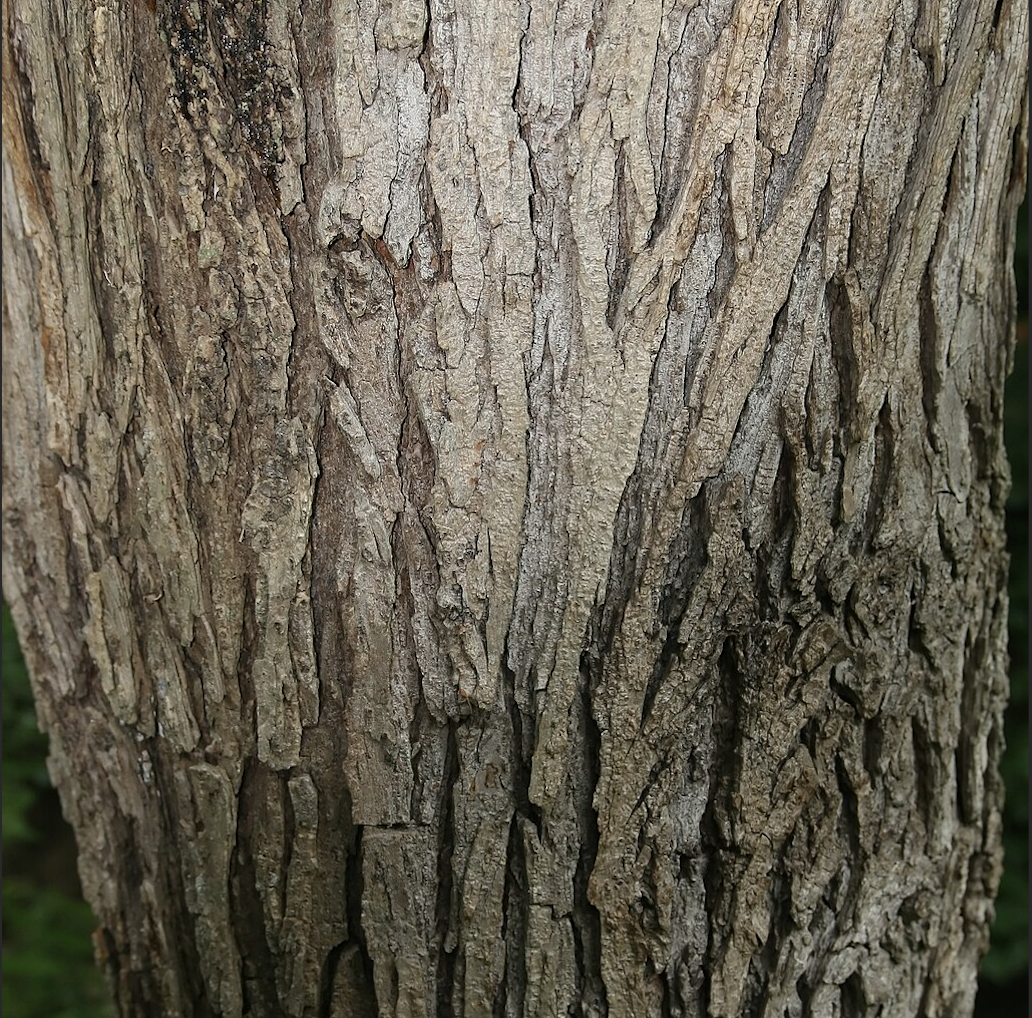
Photo Credit: David J. Stang, CC BY-SA 4.0, via Wikimedia Commons
Medicinal Uses
The medicinal inner bark is white and mucilaginous and can be brewed as a healing tea, extracted as a tincture, or chewed for its medicinal properties.
Here are my top 3 uses for slippery elm:
Urinary Tract Infections. Slippery elm is helpful for healing UTIs by coating the urinary tract and preventing bacteria from attaching.
Digestive Disorders, Leaky Gut, Diverticulitis, Crohn’s Disease. Here is where slippery elm really shines. The inner bark helps to relieve digestive disorders by calming the digestive tract and producing a protective coating that helps it to heal. It is outstanding for leaky gut repair, which is why I have included it in our convenient Balanced Gut Blend in the apothecary.
Coughs, Sore Throat, Bronchitis, Tuberculosis. If there is fresh bark available, you can chew a small piece to help relieve coughs and sore throats. It acts as a modern-day throat lozenge. You can also brew the bark into a tea to soothe throat irritation and help to treat respiratory diseases.
But that’s just the beginning. You can discover more than 21 medicinal uses for slippery elm in The Lost Book of Herbal Remedies: The Healing Power of Plant Medicine. This comprehensive guide offers detailed harvesting instructions for slippery elm and many other common herbs, along with step-by-step recipes for making tinctures and natural remedies at home. It’s an invaluable resource for anyone interested in herbal medicine, foraging, or natural wellness — and a beautiful reminder of the healing power of nature.
Interested in diving deeper into herbal medicine? My hands-on herbal academy is for you!
If you’ve ever wanted to take charge of your health using herbal medicine, my Lost Remedies Academy was created for you. This immersive online course teaches you how to confidently identify, harvest, and prepare medicinal herbs. Through step-by-step video lessons, you’ll learn how to make tinctures, salves, syrups, teas, and more — giving you practical skills for everyday wellness and emergency preparedness.
You’ll also discover the art of foraging safely, recognizing powerful healing plants growing all around you and utilizing them to support immunity, energy, digestion, stress relief, and much more. The Lost Remedies Academy includes lifetime access, detailed guides, and bonus resources like meal plans and herbal protocols to help you become more self-sufficient and prepared.
Ready to reconnect with nature’s pharmacy and rediscover the healing wisdom of the past? Enroll in the Lost Remedies Academy today and begin your natural health journey today — one plant at a time.
I know you are going to love it!
Nicole Apelian

